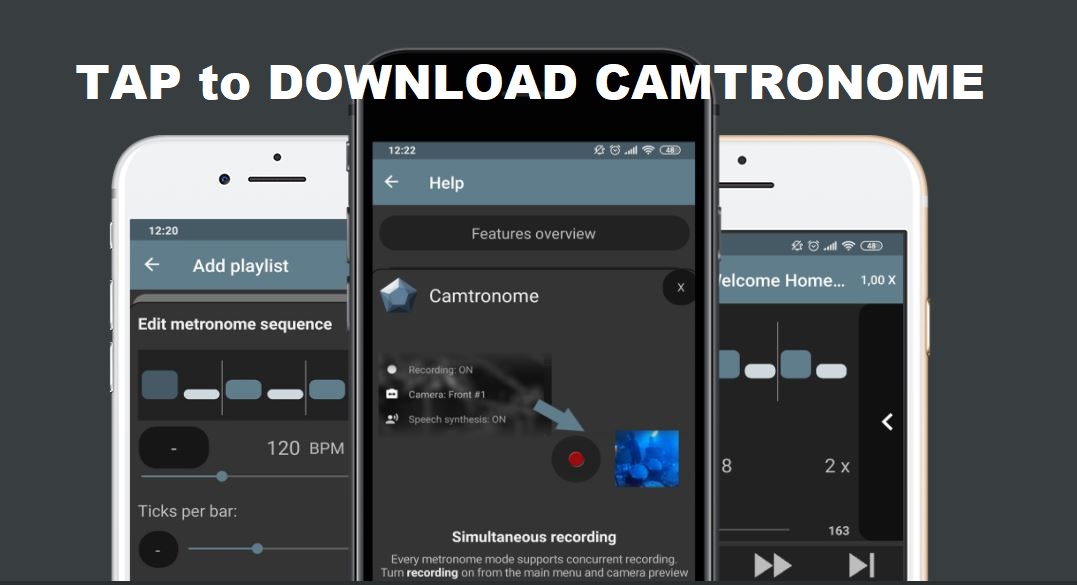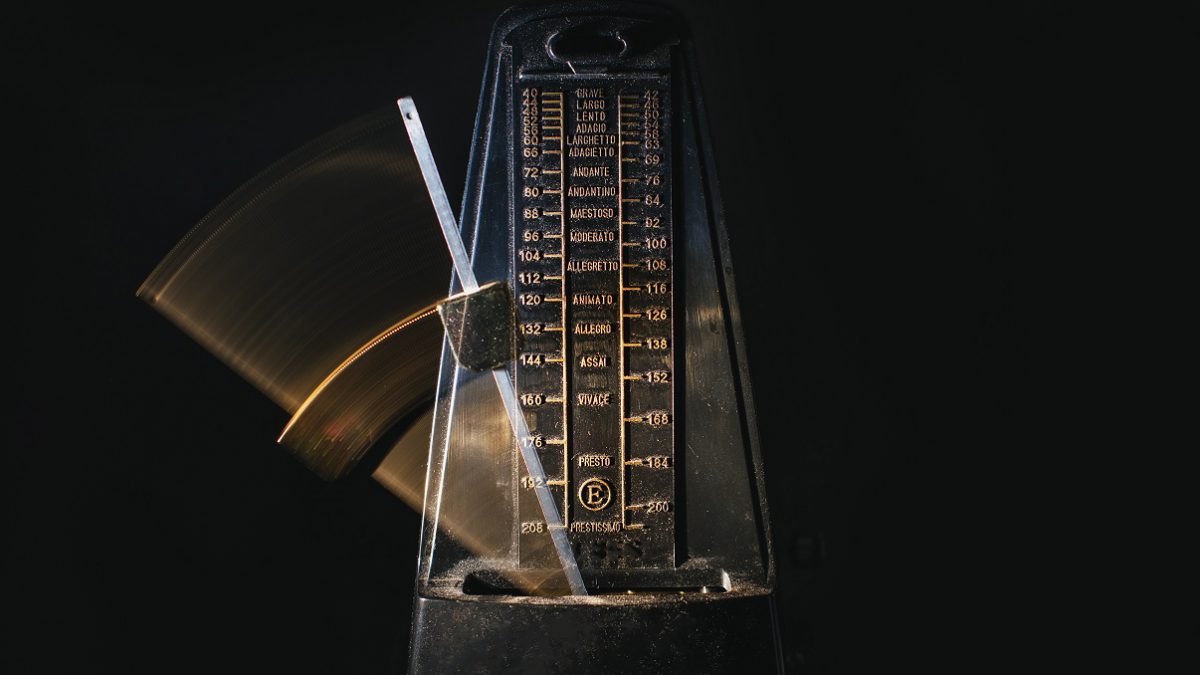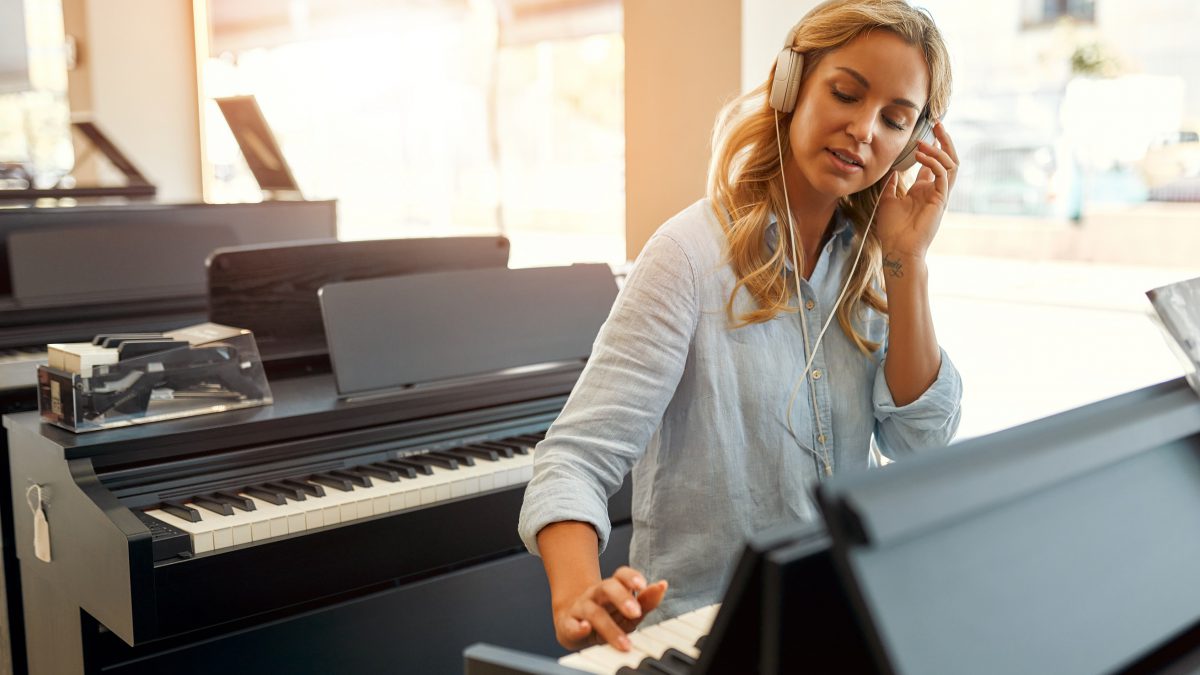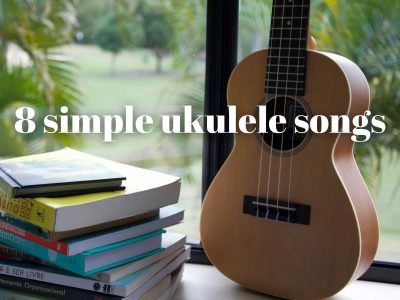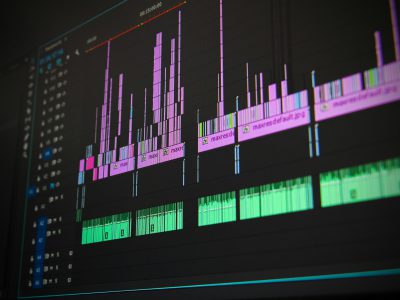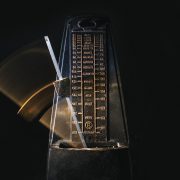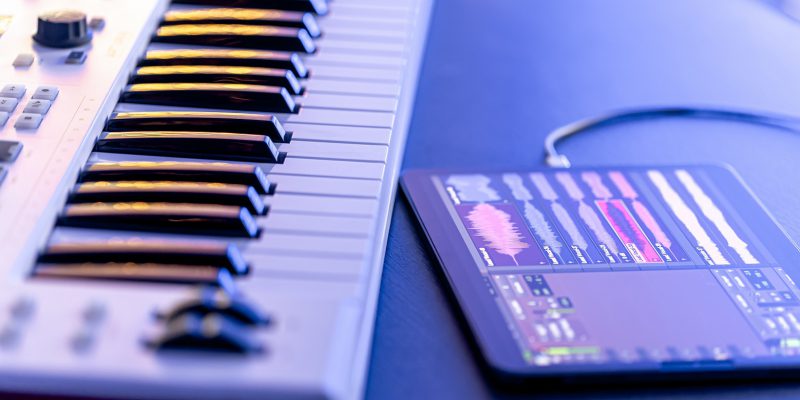
Buying a piano is a long-term investment in music, creativity, and personal growth. Whether you are starting on your first lesson, finishing off your career as a professional pianist, or simply a parent who wants to ignite a child’s love for music, knowing what one looks for in a piano will be very necessary. The process can be overwhelming with so many types, features, and considerations, but don’t worry.
The following guide will walk you through everything you need to know in terms of how to choose the most appropriate piano that suits your needs, budget, and lifestyle.
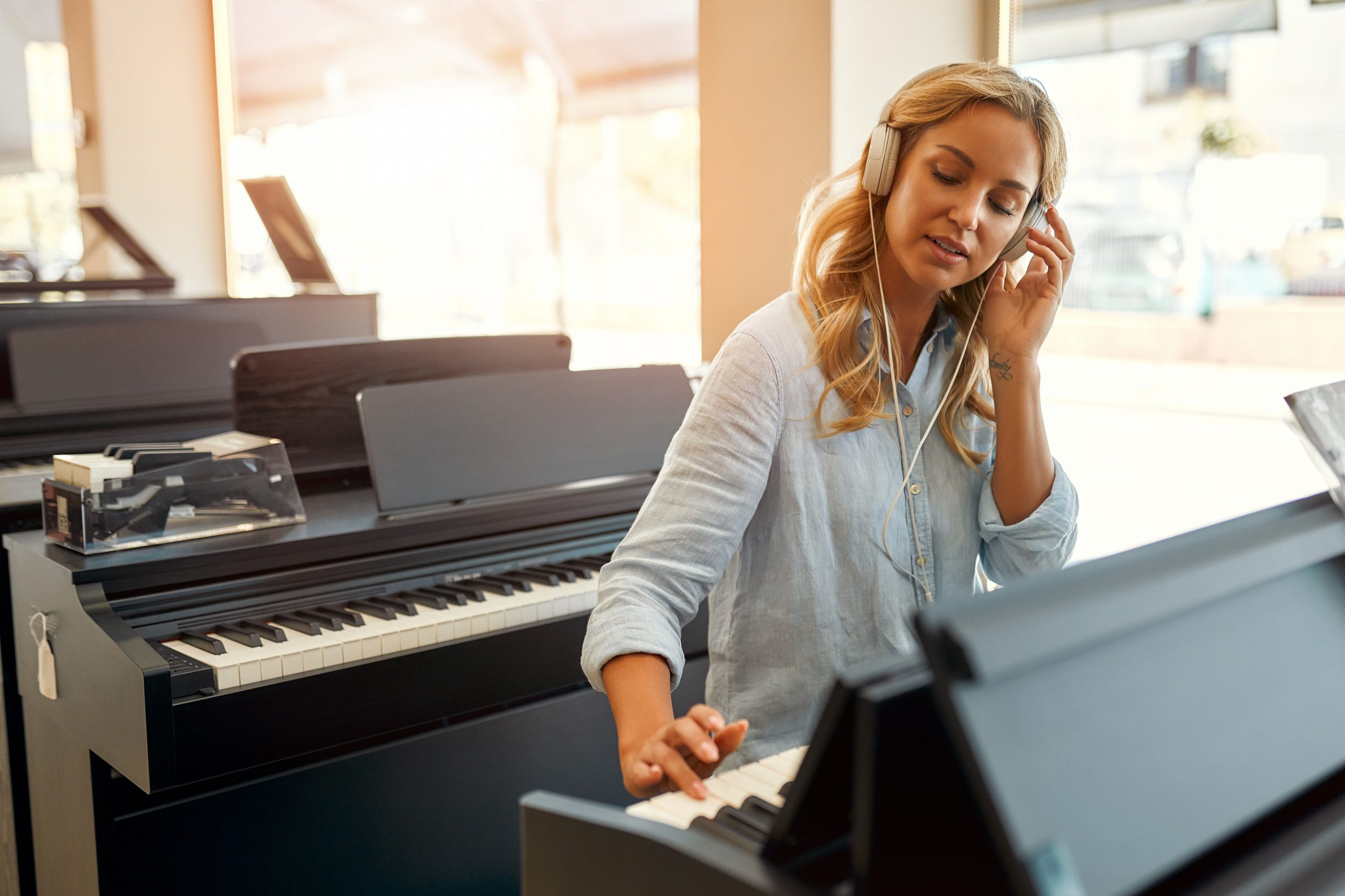
Why it is worth investing in a piano
Pianos are more than instruments; they are companions to skills, relaxation, and artistic expression. The benefits derived from learning how to play the piano are immense, ranging from hand-eye coordination, improved focus, and expressiveness of emotions, to the development of cognition. Whether your dreams are of classical sonatas or composing your own music, the right piano will set the tone- literally and figuratively-for your journey.
Types of pianos: finding the perfect fit
Among pianos, there is a division into categories created for different needs and playing experiences. The following will describe some of the most common types in depth:
Horizontal Grand Pianos
The grand pianos are really the epitome of craft and sound quality. Since their design is horizontal, longer strings can be used, and also a bigger soundboard is possible; hence, it produces rich, resonant tones, which professional pianists often like.
Sizes: They range from baby grands, approximately 4.5 feet in length, to concert grands going to as much as 9 feet.
Pros: superior sound quality, wide dynamic range, and very subtle playing.
Cons: It is high cost, space-consuming, and of high weight, therefore rendering it difficult to maneuver.
Perfect For: Concert halls, professional musicians, or anyone looking for a statement instrument to put in their home.
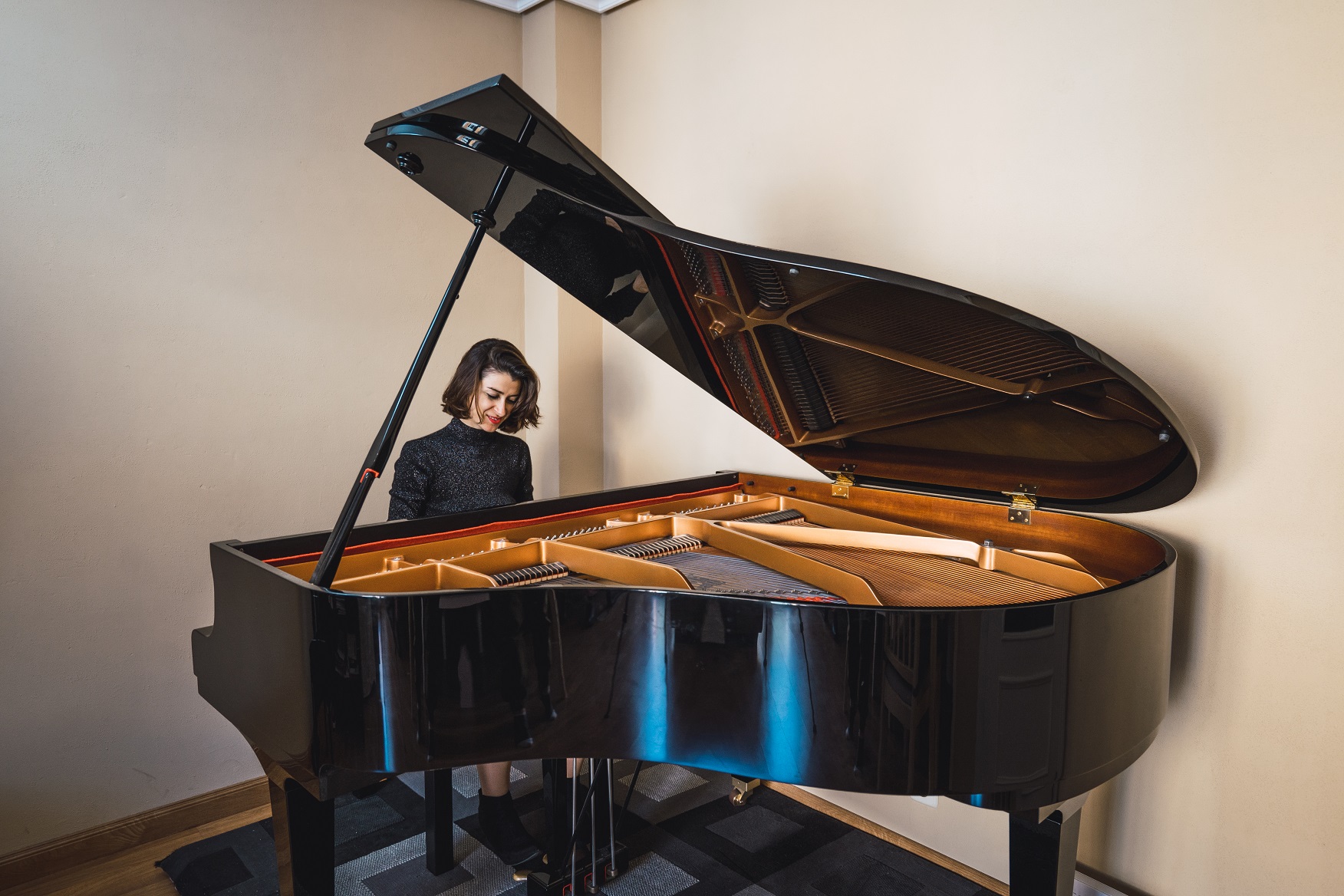
Upright Vertical Pianos
Upright pianos are more compact in size compared to grands because the strings and hammers run vertically. The tone they deliver is also of high quality and quite versatile.
Sizes: Range from spinet -under 40 inches tall- full-size upright pianos -over 50 inches tall.
Pros: cheap, space-effective, and for every level of skill.
Cons: Doesn’t carry the tonal weight of a grand piano.
Ideal for beginners, families, and even those short on space.
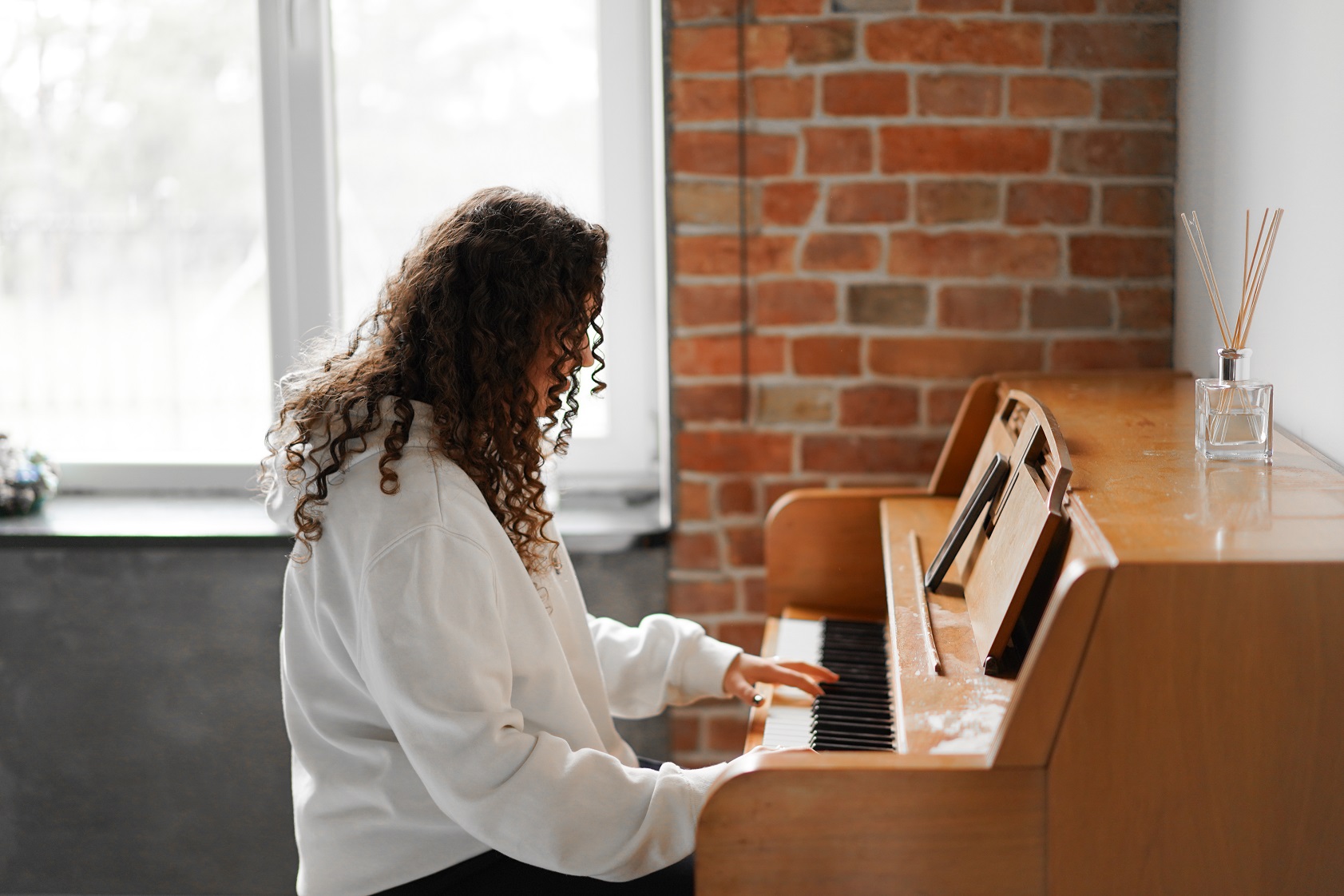
Digital Pianos
Digital pianos are a modern take on acoustic pianos and are designed to implement the feel and sound of analog instruments using digitized samples. They hail with features that appeal to players of all levels.
Pros: no tuning; volume control available, headphones compatible, portable, several instrument voices or strings, organs, synthesizer voices.
Cons: Even the very best models can sound great, but they lack the organic resonance of acoustic pianos.
Ideal For: Beginners, those who are into technology, and players wanting a lightweight piano that is easy to maneuver or integrate with simple technology
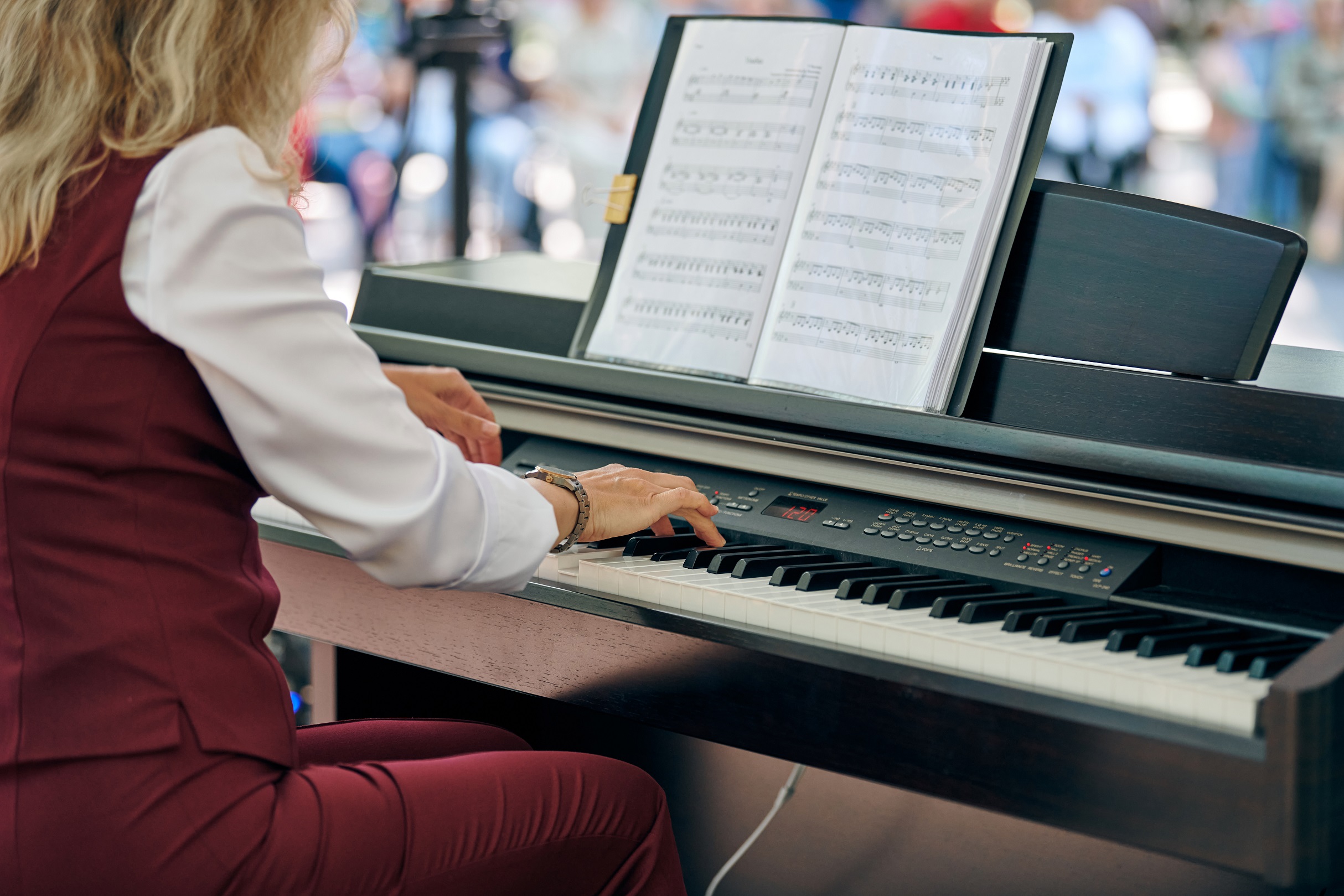
MIDI Keyboards
The MIDI keyboard is technically not a piano but rather an electronic controller applied in the production of music. It actually has to be connected through a computer or synthesizer before it can make any noise.
Pros: Light, ultra-compact, and relatively inexpensive. They are very well-suited to studio work, laying down compositions, and experimenting with having a vast range of sounds at your disposition.
Disadvantages: Needs additional software; not a stand-alone instrument like the piano.
Ideal For: Composers, music producers, and tech-savvy musicians.
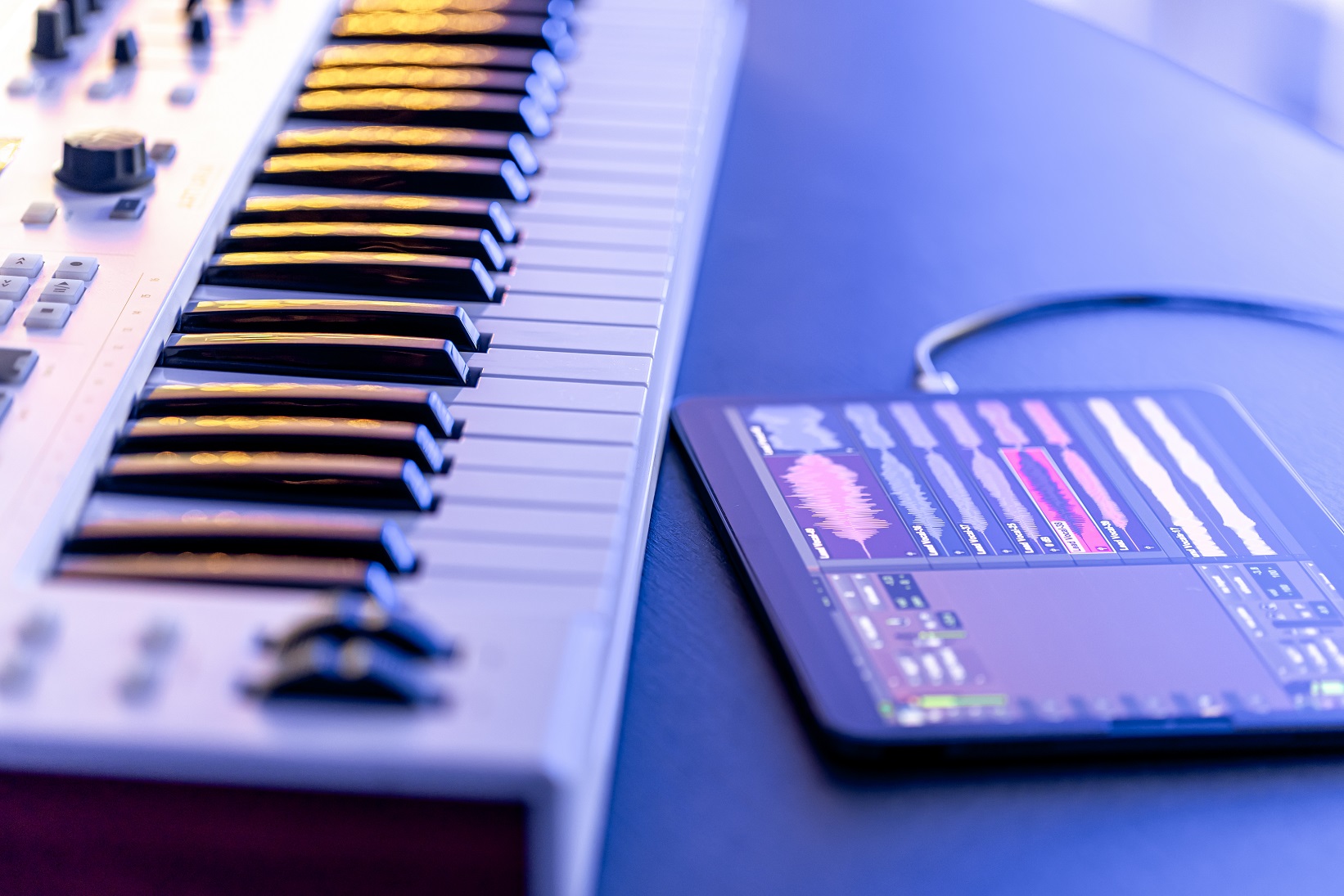
Analog vs. Digital: What’s the difference?
The choice between an acoustic, analog, and digital piano depends on one’s taste, priorities, and lifestyle. A deeper look:
Analog Pianos
Analog pianos require periodic tuning, regulation, and other environmental controls for best performance. They can have a natural, soulful resonance that’s hard to impart digitally. Also, good-quality analog pianos can serve well for several decades and even throughout generations. The feel of the keys and the response of the hammers produce a tactile, real experience for players working on an acoustic piano.
Digital Pianos
Digital pianos essentially need no tuning. Also, very little maintenance is required, and they are less sensitive to environmental factors. Digital pianos mostly come with a variety of instrument sounds, recording capabilities, Bluetooth, and even headphone jacks for silent practice. What’s more, they are compact and lightweight, thus can be placed in smaller areas or taken anywhere. And finally, most digital pianos are more qualitative and affordable, compared to their acoustic brothers.
Setting a Budget: The key to smart buying
Your budget also plays a very important role in buying a piano. Following are some tips that would help you minimize your expenses without letting go of quality:
New vs. used
New pianos: You buy new; you have the latest features, warranty, and peace of mind knowing it’s perfect. But normally, it’s more costly.
Used pianos: Since used pianos are great steals, handle them with caution. Also, let a piano technician inspect the instrument for some possible problems such as worn hammers, cracked soundboards, or unstable tuning pins.
Cost range by type
Digital pianos and MIDI keyboards: $300–$5,000, depending on brand and features.
Upright pianos: $1,000–$15,000, higher models up to more.
Grand Pianos: Between $7,000 and well over $150,000 for luxury and concert-grade models.
Hidden Costs
Remember to factor in additional expenses, such as:
- Tuning and maintenance-only for analog pianos. Bench, covers, and pedals among other accessories.
- Delivery and set-up fees for larger instruments.
How to choose the right piano?
First, always play the piano before buying because it needs to be right in your fingers and ears. Test the touch sensitivity, tone, and dynamic range.
Consider space: Measure your available space and confirm the piano shows in comfortably, leaving room for ventilation and movement.
Research brands: Trustworthy brands such as Yamaha, Steinway, Kawai, and Roland have dependable performance with regard to quality and durability.
Seek professional help: If you are still at a loss, take the time to consult a piano technician or instructor who can help coach you through your decision-making.
Download the right tools for consistent practice!
One good practice aid for the piano (and other instruments as well) is the Camtronome app. It takes the metronome to a whole different level in terms of various custom and handy features. Camtronome app is an excellent resource for musicians of any level, designed ideally for practicing scales or pieces of music.
To become a skilled pianist, set aside a specific time each day to practice. Start with warm-up exercises, then take the time to work on technique, and later the hard pieces. That is the secret to consistency!
Conclusion
Buying a piano is an important personal decision that will enrich your life in many ways. By knowing the types available, weighing in the advantages and disadvantages of analog against digital, and having a clear estimate of what to spend, you will be able to find the perfect instrument for your needs. And remember, the journey does not stop with just buying it. With practice, maintenance, and other aids like the Camtronome app, one can unlock one’s musical potential and keep falling in love with piano playing through the years to come.

